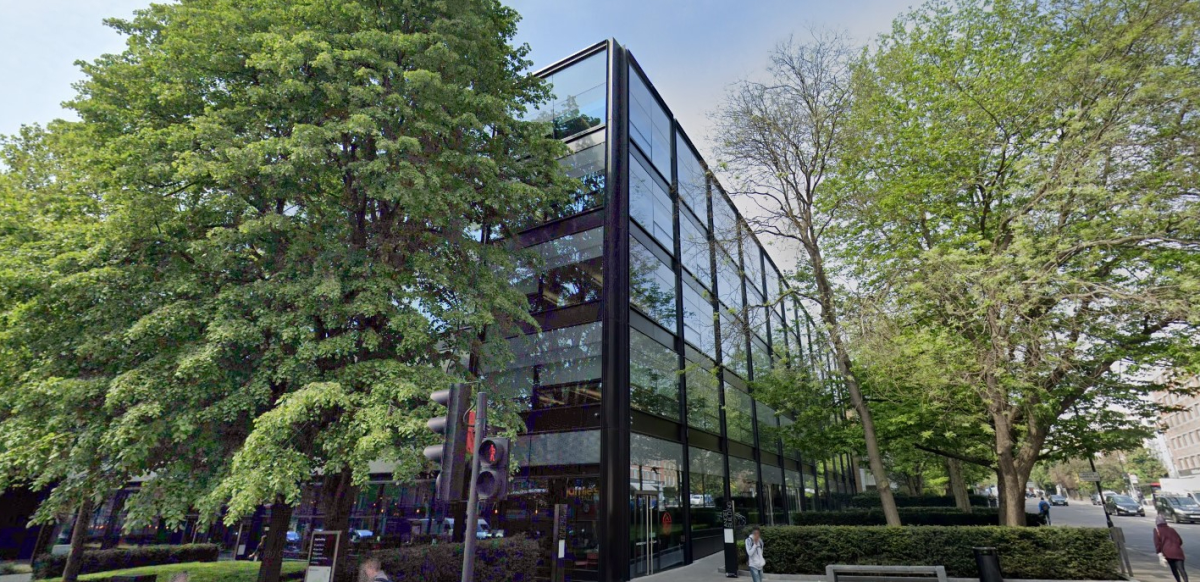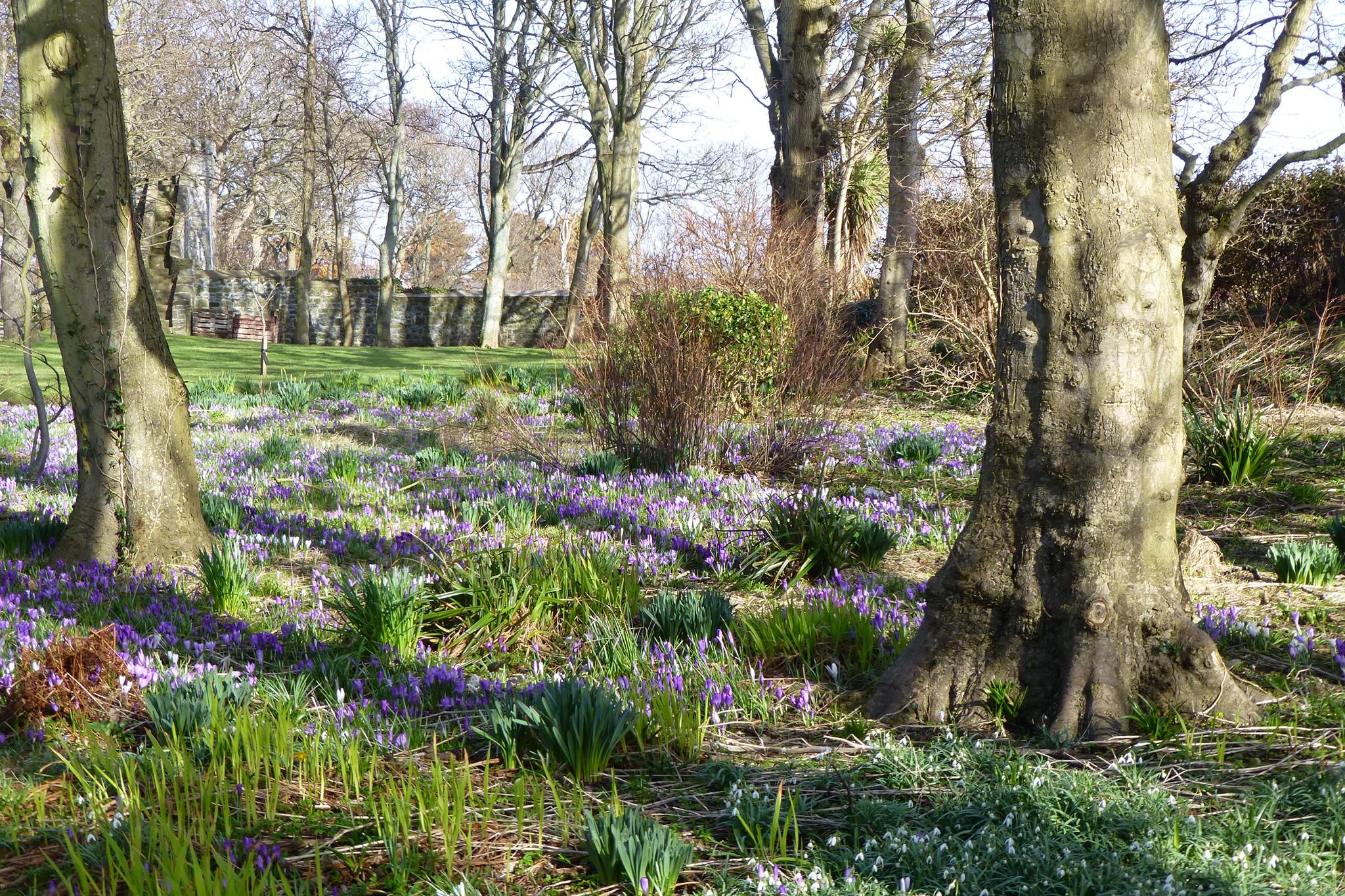The Strategic Plan sets out the general policies for the development and use of land across the Island and plays a pivotal role in the determination of planning applications. On the 21st July Government announced a full review of this policy document.
It is of interest to Manx Roots because this is the document that sets out how the impact to the environment (including trees) should be considered in the preparation of proposals for development.
Information about the Government’s current consultation on this review is available here.
A lot of the consultation questions relate to specific issues which are not directly relevant to trees. The last question, however, is open ended. I thought that our response may be of interest to some people, so here it is:
Manx Roots welcomes this review of the Strategic Plan. Trees are fundamental to our wellbeing and quality of life, whether in an urban or rural context. They secure many environmental, economic and social benefits when planned and managed appropriately.
In providing arboricultural consultancy services we aim to:
- Prevent trees being cut down or pruned unnecessarily, so that they can provide social, economic and environmental benefits for the Island.
- Keep people and property safe.
- Help our community mitigate climate change and adapt to a changing climate.
- Facilitate sustainable development.
We believe that the Strategic Plan should also contribute to achieving these outcomes.
The current strategic plan only promotes the protection/planting of trees through General Policy 2 and Environment Policy 3. Given the many, well-documented, benefits trees provide, this review represents an important opportunity to provide more weight to the protection/planting of trees in the planning process.
Trees have a positive impact on the quality and sustainability of development by:
- Creating welcoming, attractive and distinctive places.
- Creating boundary definitions.
- Creating wayfinding and landmark links.
- Encouraging walking and cycling.
- Making density work and moderating land use transitions.
- Creating visual and noise barriers.
- Enhancing thermal comfort.
- Dealing with stormwater sustainably and cost-effectively.
- Enhancing biodiversity.
These benefits have been documented in UK planning policy, and various place making and design quality frameworks:
Better, B., & Building Beautiful Commission. (2020). Living with beauty: Promoting health, wellbeing and sustainable growth. Ministry of Housing, Communities and Local Government.
Building With Nature Ltd. (2023). Building with nature standards Framework.
Building Research Establishment Environmental Assessment Method (BREEAM)
Homes England. (2020). Streets for a healthy life: A companion guide to building for a healthy life.
International Well Building Institute. (2016). The WELL Building Standard. Delos Living LLC.
Ministry of Housing, Communities and Local Government. (2020). Planning for the future; White paper August 2020.
Police Crime Prevention Initiatives. (2023. Secured by Design: Homes 2023.
Trees can contribute to meeting some of the Island’s challenges and policy goals over the next 50 years. For example, by contributing to the creation of attractive and distinctive places, trees can help to create a ‘sense of place’ and have a positive impact on community cohesion.
Trees will make active travel more likely by making cycling and walking routes feel like attractive places to be. By slowing down traffic, providing a barrier from vehicular traffic, and helping drivers read key changes, such as approaches to intersections and built-up areas, trees can also make the active traveller feel safer.
Trees can contribute to the Isle of Man Government’s economic strategy/aspirations by creating environments that attract investment, and that are perceived by skilled professionals as an attractive place to live and work.
There is a lot of attention being paid to how planning policies might help the Government meet its commitment to reach net zero by 2050. There is not much discussion, however, on how the island will adapt to a changing climate, which will happen whether net zero is achieved or not. Trees can help to mitigate extreme weather events by intercepting rainwater, facilitating stormwater infiltration and attenuation, removing stormwater pollutants, and by providing shade and shelter.
It is likely that the new strategic plan, like the old one, will be topic based. One concern that may be raised with this format is that trees deliver such a wide variety of benefits (social, environmental and economic) that the need to plant and protect them cannot be adequately reflected by just considering them as part of the ‘the Environment’.
Another concern is the lack of data relating to trees. Diagram 1 in the main consultation document states that evidence gathering is the first stage of a development plan. The island has no reliable data on its tree population. Even the most basic of metrics, such as urban tree canopy cover are lacking. It will be very difficult to be confident that the correct weight is being given to tree protection and planting when there is so little evidence of the Island’s baseline.
It is acknowledged that this is only the first stage in the consultation process and so, perhaps, not the time/place to discuss the wording of specific policies relevant to trees. However, it may be helpful to discuss the kinds of policies that should be included in the new strategic plan.
We believe the new policy document should:
- Make a clear statement that trees are critical to delivering high-quality sustainable development.
- Provide a level of aspiration for larger new developments. For example, the UK NPPF states that ‘Planning policies and decisions should ensure that new streets are tree-lined, that opportunities are taken to incorporate trees elsewhere in developments (such as parks and community orchards), that appropriate measures are in place to secure the long-term maintenance of newly-planted trees, and that existing trees are retained wherever possible’.
- Clearly state that adequate tree-related information should be submitted with applications. This needn’t be onerous, and the information required should be proportionate to the design and complexity of the development.
- State that trees will be subject to the planning system’s mitigation hierarchy, whereby loss is avoided, if possible; losses or negative impacts are minimised; or, as last resort, compensation is provided for unavoidable loss.
- Give a lot of weight to the protection of existing good-quality trees (those categorised as A & B under the BS5837:2012 category rating system).
- Where compensation is required, provide a clear framework for this to occur. For example, a tree-loss replacement standard should be included.
- Encourage trees to be incorporated into the design in a way that creates a harmonious relationship between trees and structures that can be sustained in the long-term.
- Secure adequate tree protection for existing retained trees through the construction process of the proposed development.
- Seek adequate levels of new tree planting, including aftercare to ensure that newly planted trees reach independence in the landscape.
We look forward to reviewing the policies of the new strategic plan.





You must be logged in to post a comment.